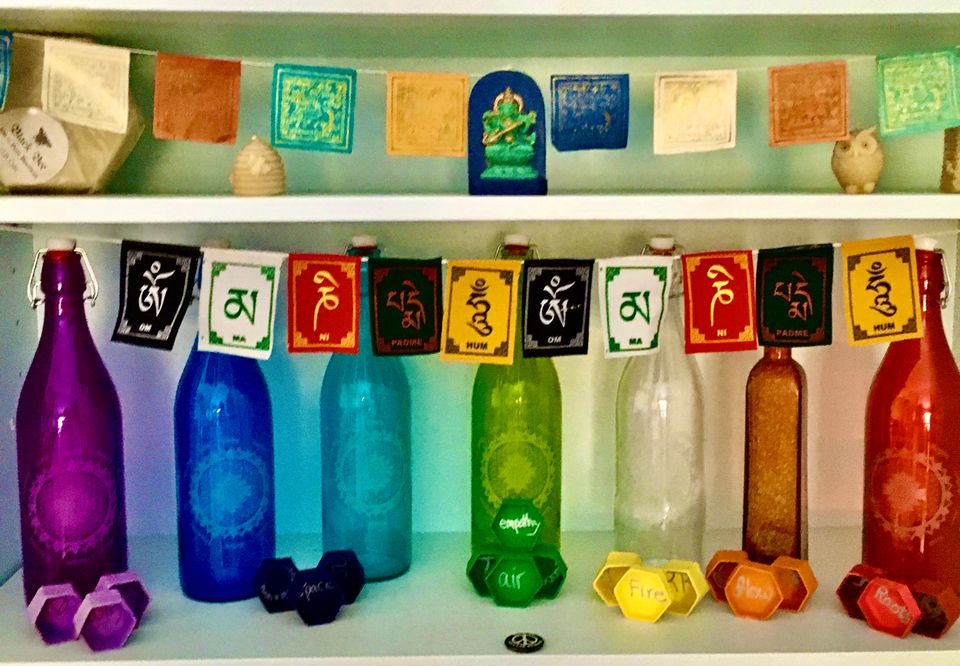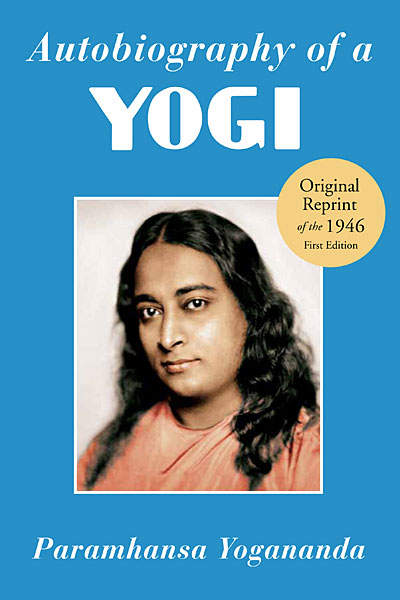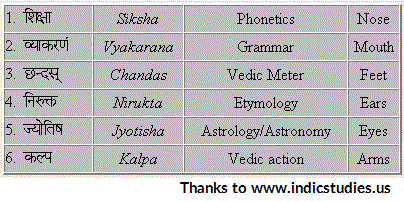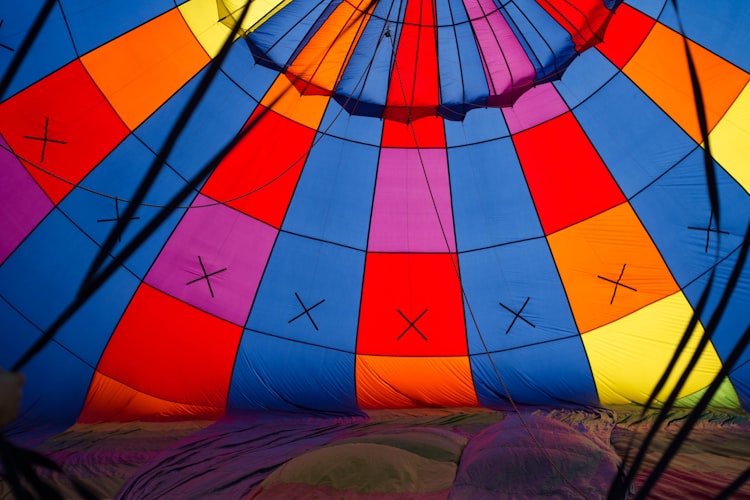My Yoga Journey

by Shanti
Yoga has been part of my life for almost as long as I can remember, even though at first I didn’t know anything about yoga other than the stereotypical Western impression of the “pretzel 🥨 pose” known in Sanskrit as padmasana1 or full lotus posture. As a child, I delighted in folding my legs with a flexibility that is not so easy now, and remember it feeling familiar and comfortable. I think it calmed my brain 🧠 and connected right and left hemispheres as the feet crossed the midline and locked into the position. Intuitively, I was self-medicating. Combined with chanting the sound of OM2 (sometimes spelled AUM or represented with the Sanskrit symbol 🕉), I experienced embodiment through yoga in ways that were otherwise largely absent from my young life.
In retrospect, I attribute the lack of connection with my body largely to the social location of growing up as a Puerto Rican 🇵🇷 girl in the Midwestern U.S.A. surrounded by people who didn’t look like me, didn’t talk like my parents, didn’t listen to the same music or eat the same foods as my family, and on and on. You get the idea 💭. It was just easier to live in my head and try to fit in by doing well in school and escaping into books 📚 and creativity than to even try to compare or compete with the dominant culture. When I first heard Indian music, thanks to Beatle, George Harrison and Ravi Shankar, my foundation on the path toward learning yoga’s root traditions grew stronger.
Fast forward a few decades, my formal practice and introduction to yoga and meditation began in California in the late 1970s. The classic book, Autobiography of a Yogi by Paramahansa Yogananda3, took me deeper than the physical practices of hatha yoga and into the vast, ancient sacredness of wisdom passed down from guru teacher to student through centuries, one generation to the next. I stepped with both feet onto that road and it has become the center of my whole life, on and off the mat.
The continued struggle to remember and prioritize embodied practice is real. Living in a time when so much takes place in virtual and digital realms doesn’t help. I have, however, been able to deepen my yoga practice through the practice of jyotish4, known in the West as Indian or Vedic astrology. Yoga is rooted in these ancient sacred traditions that have survived so many centuries, and a huge part of me gravitates toward connecting with those roots. Perhaps that’s because my genetic origins were somewhat fractured and scattered within the shifting sands of experiencing life as part of a diaspora, far from our ancestral homeland.
The lens of the “cosmic kaleidoscope5”, as my teacher refers to jyotish, allows for an ever-deepening understanding of yoga as expressed not only within my physical body, mind, and spirit, but between my own and other humans, within the elements of earth, water, fire, air, and space, sun, moon, planets, and stars. When I look at someone’s astrological chart it provides a map embedded with insight and empathy into that person. I continue to work on remembering to engage in daily embodied practice AND feel deep gratitude to continue learning new things about yoga’s mystical union in each moment and with every breath.
Footnotes
1Padmasana

2OM

3Autobiography of a Yogi

4Jyotish

5Cosmic Kaleidoscope

Check out our schedule to practice with Shanti.








